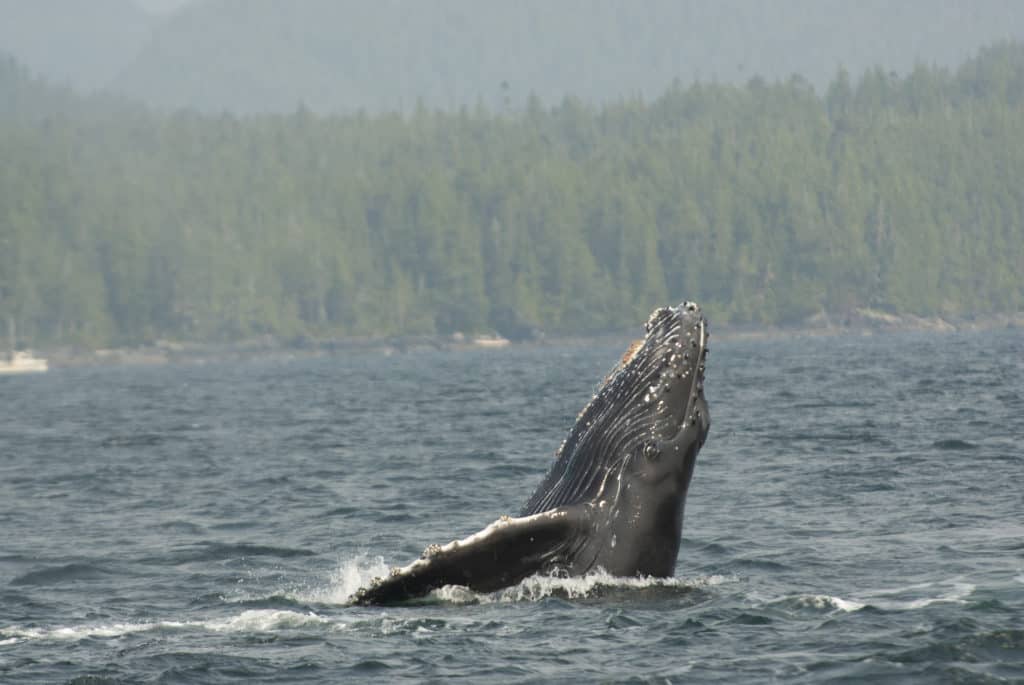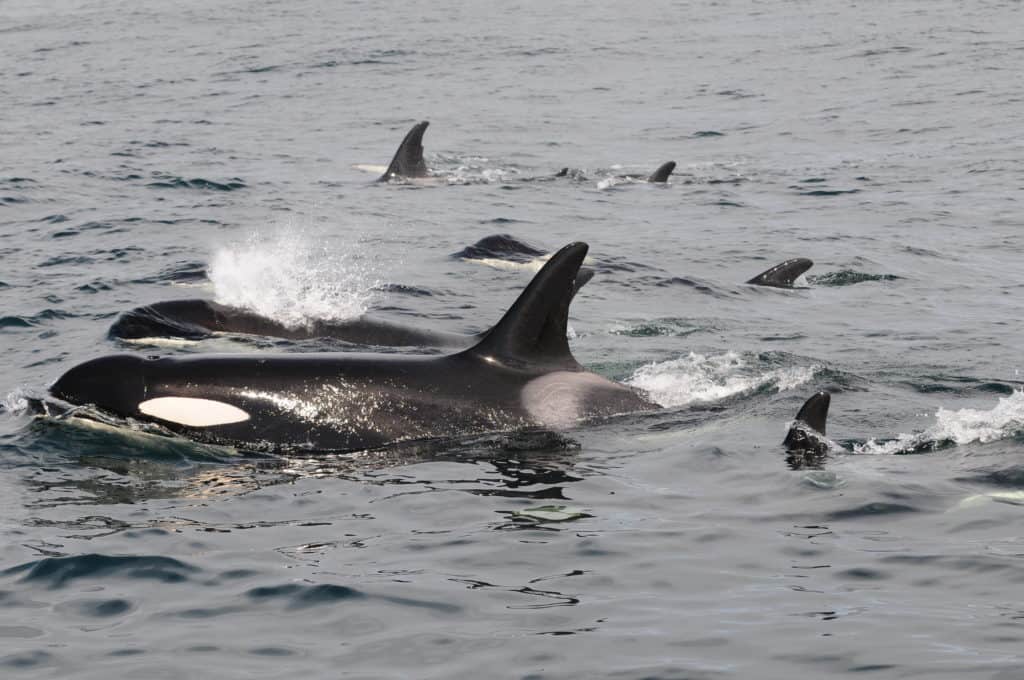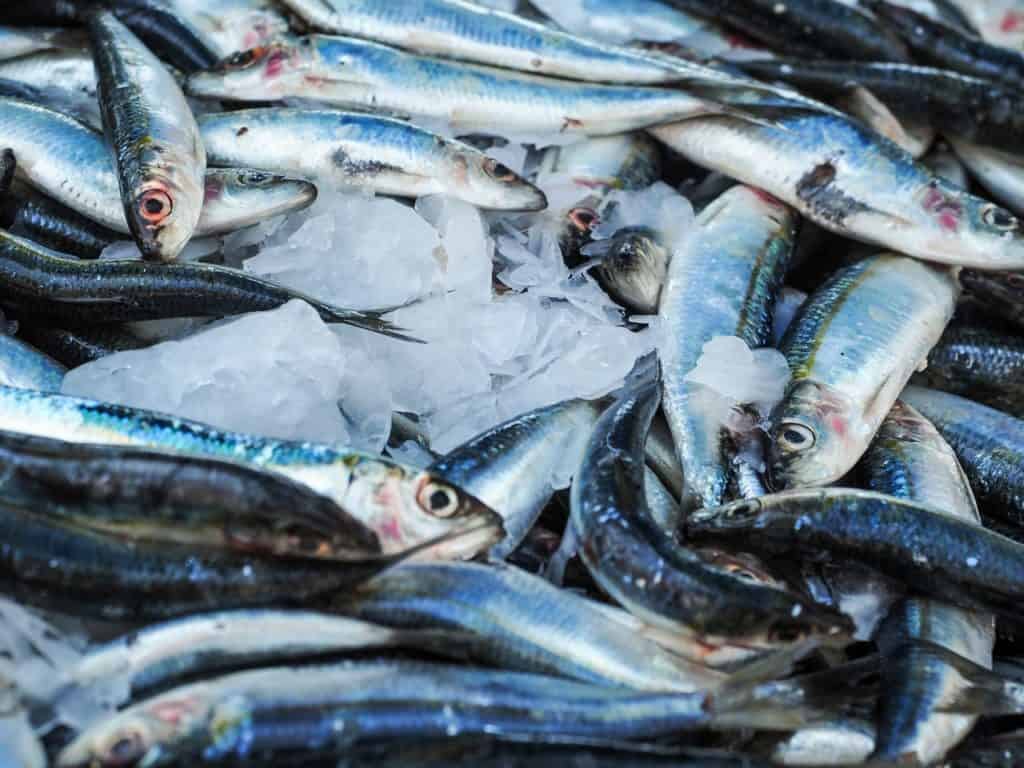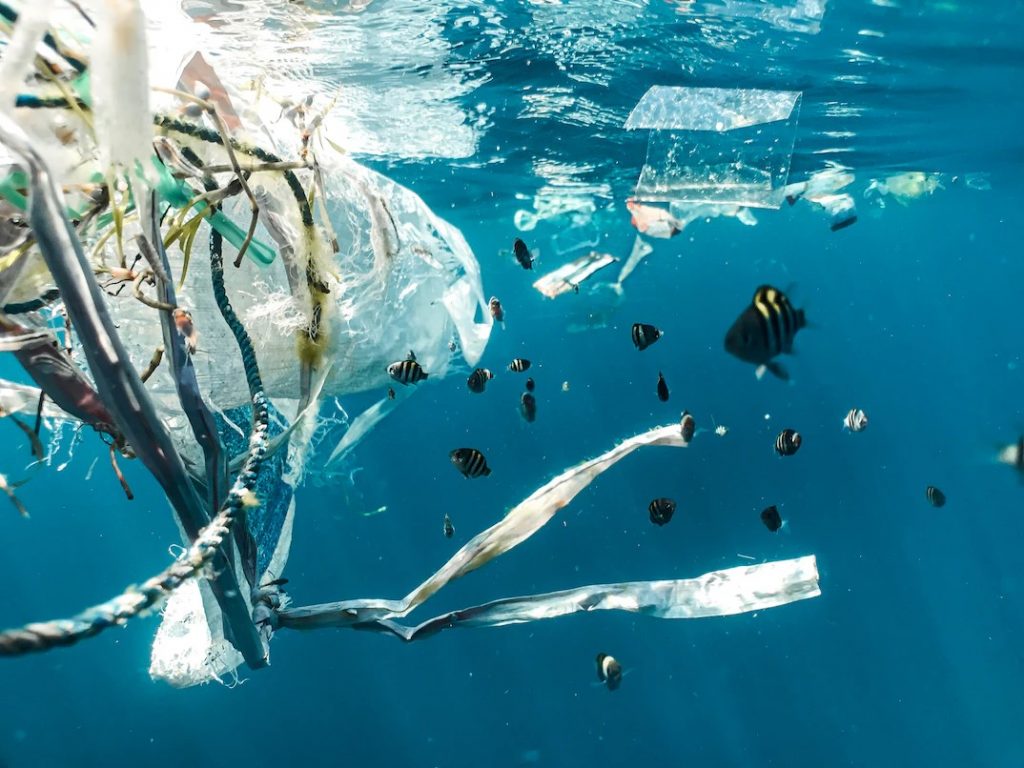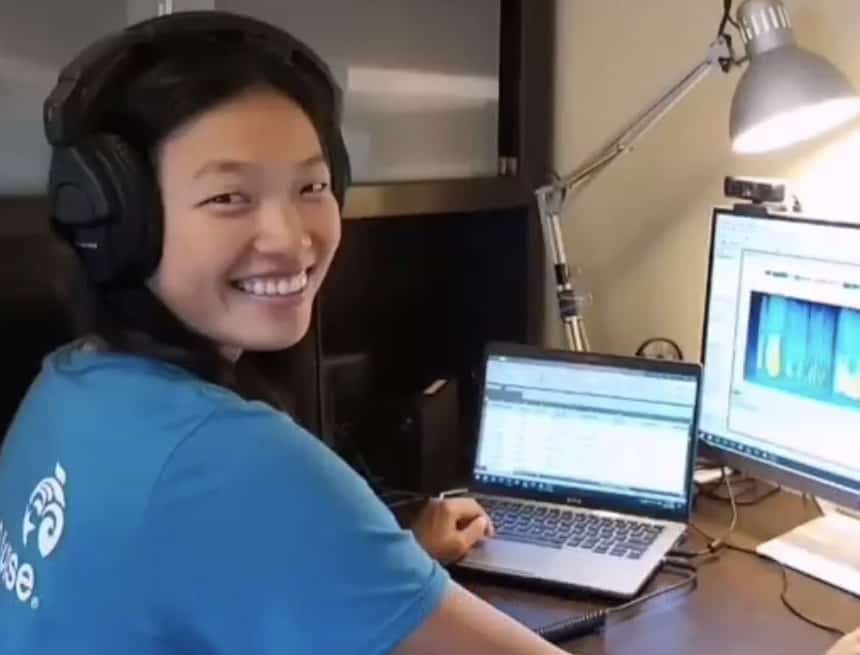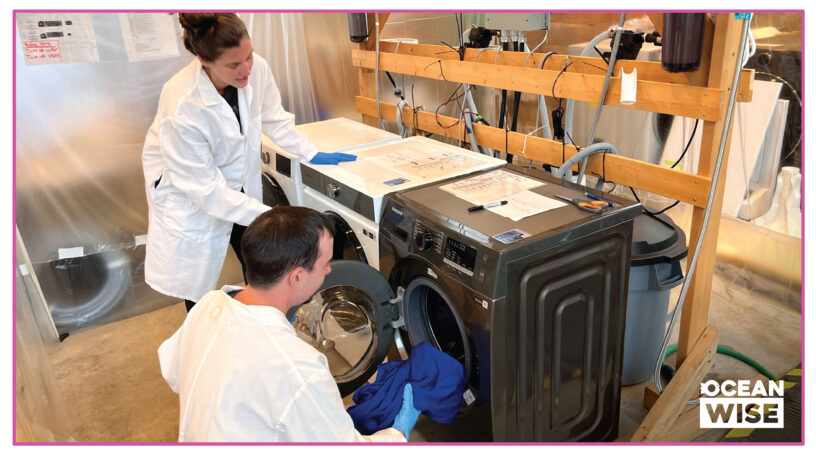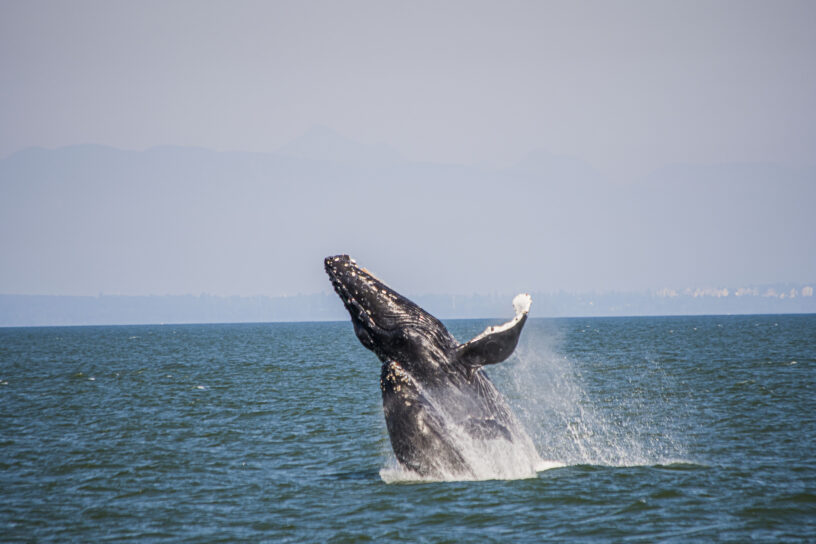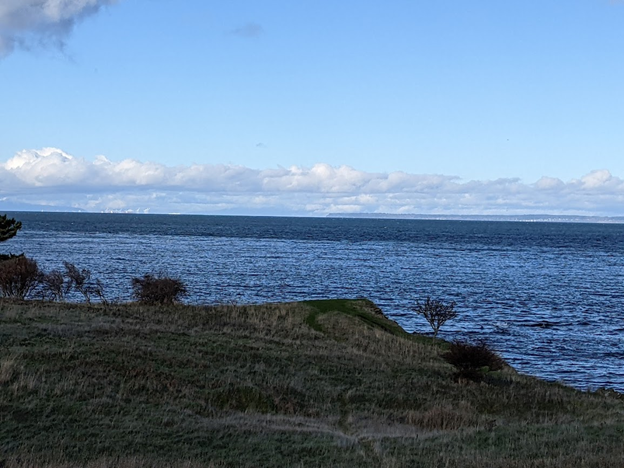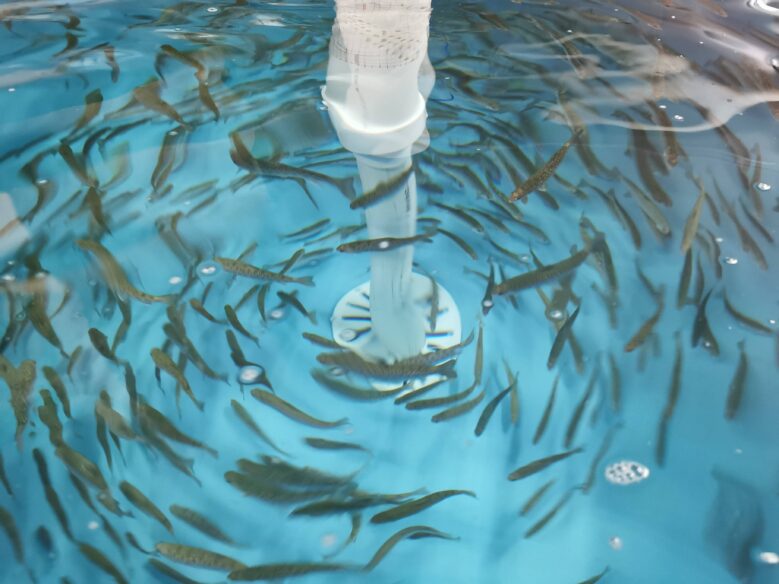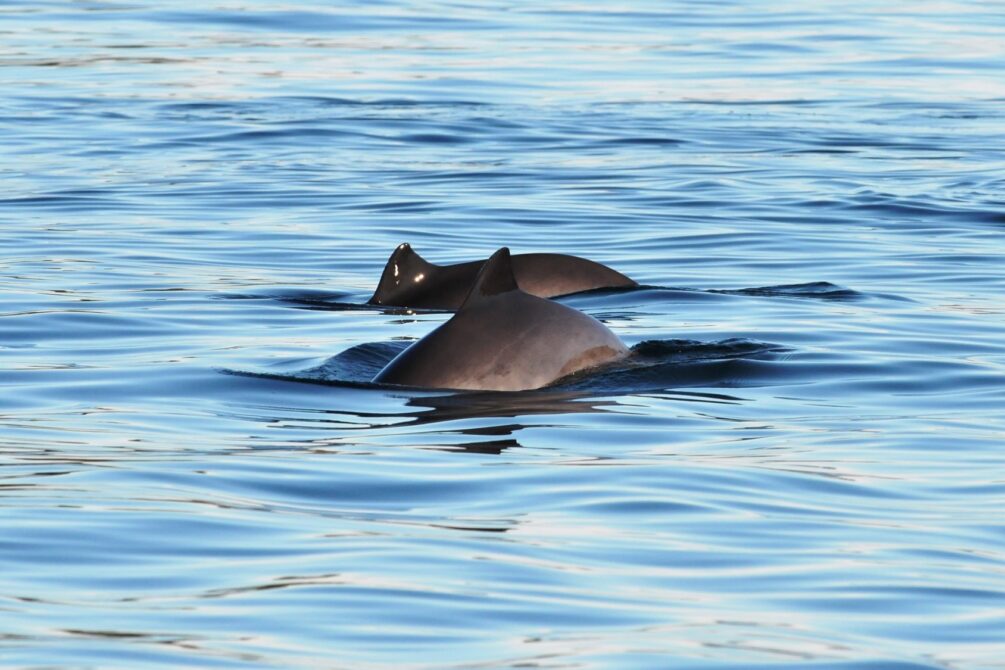
From the Field Blog: Eavesdropping on the sneaky Pacific harbour porpoise
The Ocean Wise Whale Team has had a busy field season. This is the first in a series of four blog posts from the team on the North Coast. Stay tuned to our social media account for parts 2, 3, and 4!
Harbour porpoises are frequent visitors to the waters around Prince Rupert, a port city located on the northwest coast of British Columbia, Canada. These small and elusive marine mammals tend to travel in small groups and are considerably less interactive with boats compared to their black and white cousins, the Dall’s porpoise. However, if you visit during winter months, and have a little luck, you might witness an impressive aggregation of up to 1000 individuals at one time! Clearly this area is an important habitat for harbour porpoises, but there are risks here as well. Prince Rupert is home to a very busy port, resulting in heavy vessel traffic in the surrounding waters. In addition to large cargo ships, tugboats, cruise ships, recreational boats, and fishing vessels consistently travel through and work in the same area as the porpoises.
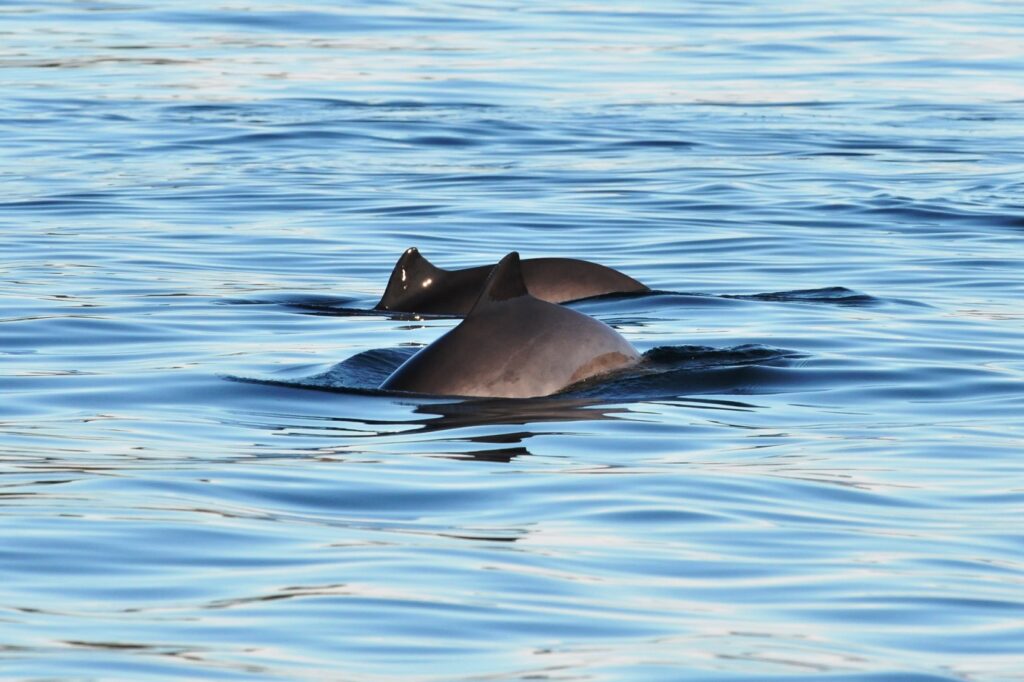
Like other toothed whales, harbour porpoises use sound as their primary sense. They rely on echolocation for everyday behaviour like feeding and communicating, producing a series of clicking sounds that bounce off the environment and reverberate back to their ears. It turns out, with the right tools, we can use sound to explore their environment as well. Passive acoustic monitoring (PAM) has become a widespread tool to study the acoustics of whale species, allowing us collect data even when the weather is not ideal or outside of daylight hours. C-PODs (Continuous Porpoise Detector) and F-PODs (Full waveform capture Porpoise Detector) collect acoustic data, and specifically, record the distinct “click trains” of porpoises. They are inconspicuous devices that hang in the water column off buoys. We have been utilizing these devices since 2016 and have obtained a consistent 24-month period of F-POD detections since 2020, which has provided us with a valuable long-term dataset of porpoise noises. They do need to be replaced about every 4 months, and this is no clean job! It usually involves the removal of lots of barnacles and algae build-up on the buoy.
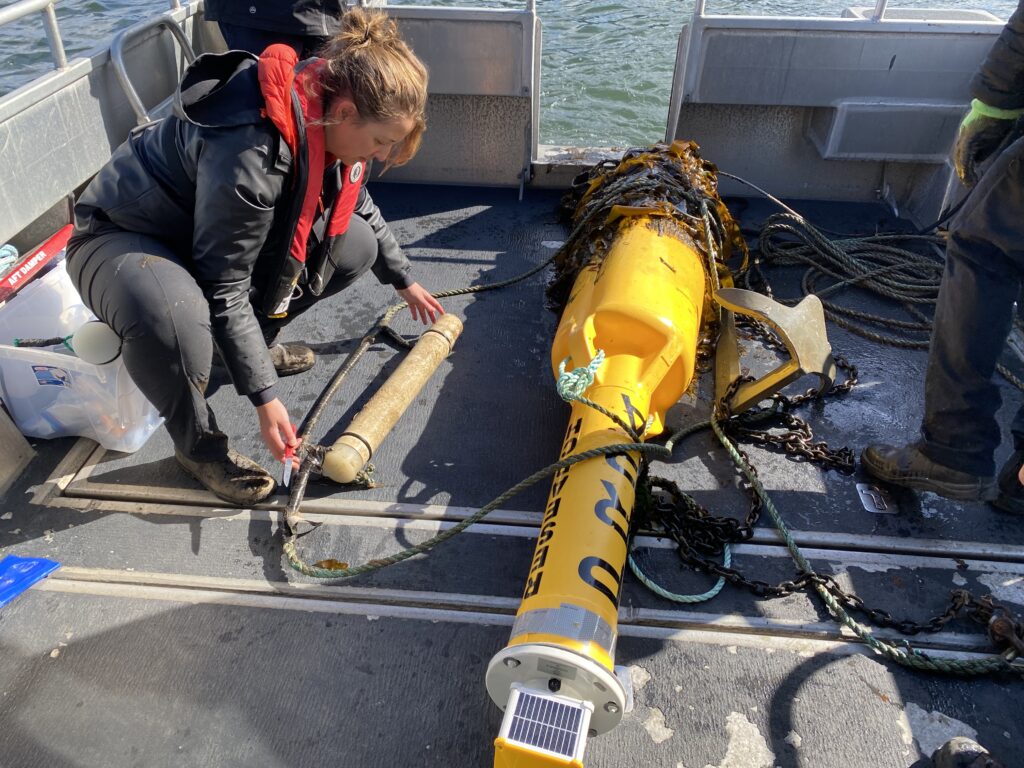
Additionally, we have conducted visual surveys for porpoises, which have been revamped following a break during the pandemic. This year, we surveyed the area surrounding one of the F-PODs, in the aptly named Porpoise Channel. To conduct a survey, we set up camp for 2 hours with one person visually scanning a 400-meter radius around the F-POD, while another researcher records all porpoise and vessel presence. It’s a lovely job when the weather cooperates and this is your view.
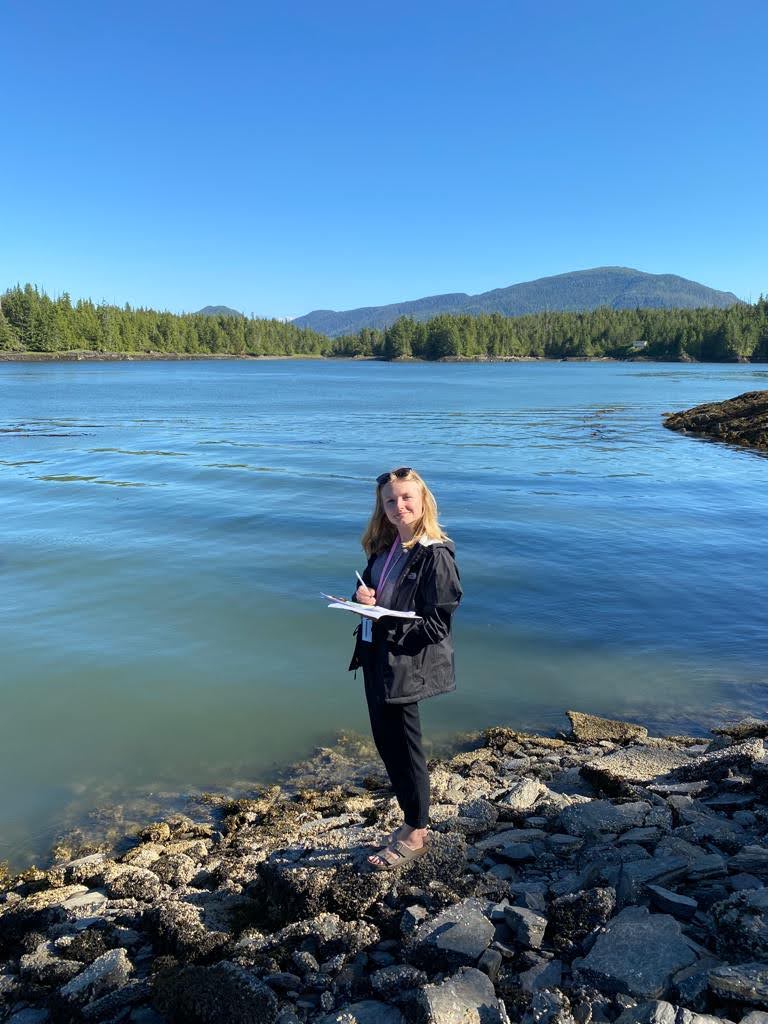
In October of this year, Ocean Wise published a peer-reviewed paper to summarize harbour porpoise activity in the surrounding waters of Prince Rupert. We detected porpoise echolocation activity in 96% of C-POD deployment days and 100% of F-POD deployment days, meaning there are porpoises hanging out in this area all year round! Echolocation activity varied both with time of year and time of day, with peaks between May and July as well as at night. In the winter months, there was an increase in activity during daylight hours, which could coincide with the massive aggregations of porpoises seen at the same time. These increases in echolocation likely relate to fluctuations in the presence of porpoise prey, small fish.
With Prince Rupert being one of the fastest growing ports in North America, these findings show the importance of close monitoring, the need for mitigation of vessel impacts, and the value of further research. We are excited to continue eavesdropping on the lives of porpoises in Porpoise Channel and to learn more about what we can do to help these animals in the future!
The full paper is available as open access and can be found here: https://doi.org/10.3389/fmars.2022.1010095
Posted December 2, 2022 by Nic Schulz
